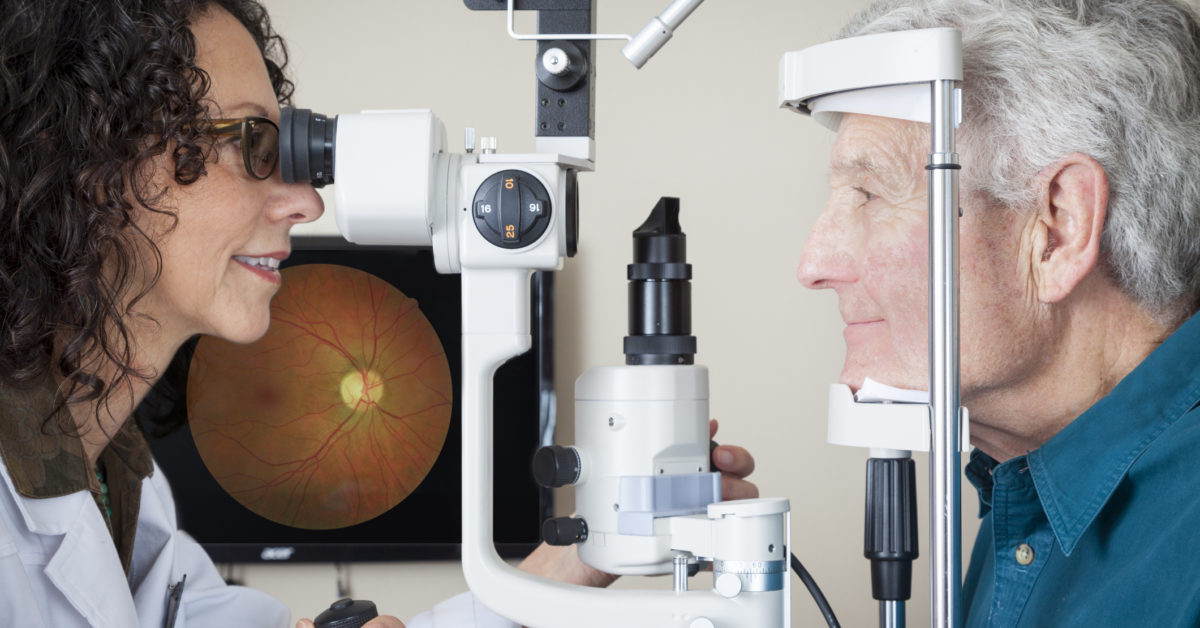A new study suggests that a molecule that usually suppresses harmful blood vessel growth may do the opposite in a type of sight loss called age-related macular degeneration (AMD). If confirmed in future studies, the discovery could lead to more effective treatments.
More than 1.8 million Americans aged 40 years and over have AMD, according to the Centers for Disease Control and Prevention (CDC).
According to one source, 10-15% of people with AMD have a more severe form of the disease known as “wet” AMD that progresses more rapidly.
Wet AMD involves inflammation and excessive growth of fragile blood vessels beneath the macular. This is the central part of the retina that allows the eye to see fine detail. These vessels leak blood and fluid, which damages photoreceptors in the macular and results in loss of central vision.
Research into other conditions involving nerve damage, such as Alzheimer’s and Parkinson’s disease, suggests that an immune-signaling molecule called interleukin-4 (IL-4) may play an anti-inflammatory, protective role.
IL-4 is also known to suppress blood vessel growth, which may help prevent the growth of tumors.
In addition, bone marrow cells usually help the body repair damaged tissues, including blood vessels.
Researchers in the Division of Ophthalmology and Visual Science at Tottori University in Japan set out to discover whether IL-4 and bone marrow cells protect the photorece

